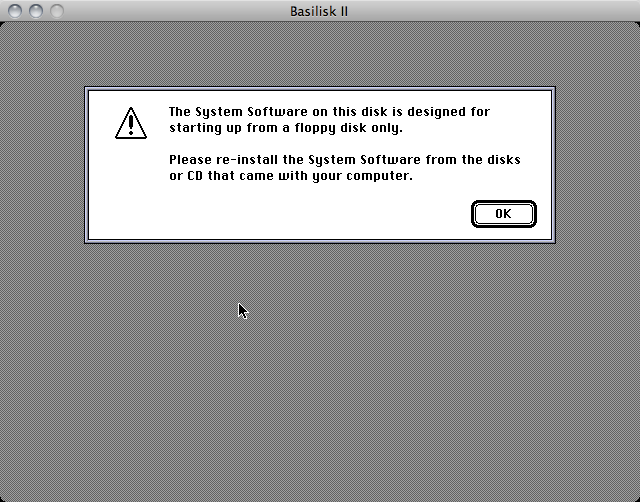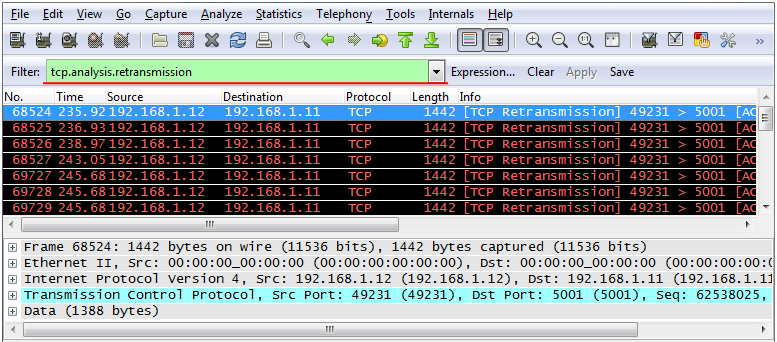


Here is my command line (where COM4 is the COMPort mentioned above): avrdude -C. DFU-mode stays for 8 seconds… So you will have to launch the command quickly…īy the way, first try with MakeFile does not work… But recompiling with MakeFile.rev1 works as expected…
#Basilisk ii mac network pro#
So I get the compiled hex file of my virtual machine, and go to Arduino’s hardware\tools\avr\bin directory in order to flash it using avrdude.įor my Arduino Pro Micro clone, putting it in DFU-mode is achieved by resetting twice the board. But as I am in a virtual environment, and my Arduino Micro Pro is a chinese clone, when I set it in DFU-mode, the only thing I can see is a COMPort with Arduino Leonardo Bootloader name. In order to do this part, i follow the build tutorial on a Linux virtual machine.

As my raspberry does not understand ADB protocol (let me know why :p), we must have a sort of converter. Reuse the original Apple Keyboard and MouseĪpple Keyboards and Mouse are nor USB, nor PS/2, but ADB (Apple Desktop bus). I make a piece of plexi in order for the bezel, screen and electronic parts of the screen will not move, and to be able to screw all of this… As a result, this is not perfect, but it is really cool… The big advantage from polycarbonate on plexiglass is that you can bend it, so after a few tests to thermoform it using my kitchen oven, I decided to cut it in the manner that I must bend it in place.
#Basilisk ii mac network install#
smi extension).Ī CD Icon will appears on the desktop, double-click on it and follow the instructions to install System 7.Īfter installation complete, shutdown your new Mac, and remove the following files from the configuration: disk /home/pi/installer.hdĭisk /home/pi/DiskTools_MacOS8.image Using new LCD Screen in place of original CRTĬutting a piece of polycarbonate is not as simple as cutting plexiglass… Polycarbonate will not break while bending after cutting with a cutter on one side, you must cut on the two sides to be able to break your polycarbonate sheet. Open the Unix drive, and copy to the Installer Parts drive all of the installer files, then start System 7 installation by double-click the first installer file (with. Launch Basilisk II, and format the two new hard drives. basilisk_ii_prefsĬreate a new Mac HD (500MB): dd if=/dev/zero of=mac.hd bs=1024k count=500Īnd another which will contains Installer Parts (100MB): dd if=/dev/zero of=installer.hd bs=1024k count=500Īnd set the following variables (assuming all is in /home/pi): extfs /home/pi autogen.sh -enable-sdl-video -enable-sdl-audio -disable-vosf -disable-jit-compilerĬonfigure Basilisk II: sudo nano. Then compile it… cd macemu/basiliskII/src/Unix Get dependencies: sudo apt-get install git libsdl1.2-dev autoconfĬlone Basilisk II repo : git clone git:///cebix/macemu.git
#Basilisk ii mac network how to#
You can find how to do that easily on the Internet… Yes, really :p Basilisk II installation

I will start with an Apple Macintosh Classic II case, and want to have a fully functional System 7 OS running under Basilisk II emulator on a Raspberry Pi 3.


 0 kommentar(er)
0 kommentar(er)
